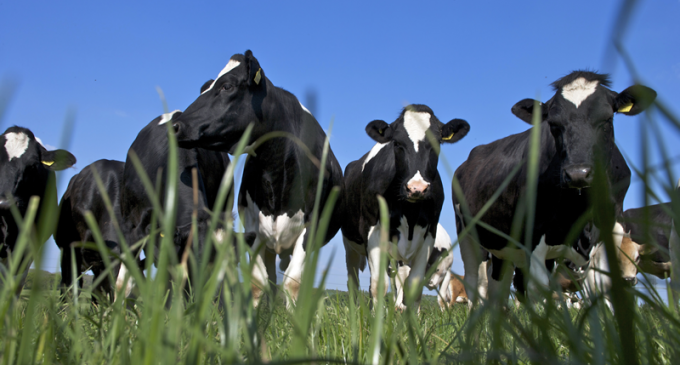Weaker Dairy Demand Growth Will Not Prevent Price Recovery

The slow recovery in international dairy prices that began in August continued through into the final quarter of 2012, but failed to gain much momentum, according to Rabobank’s latest dairy market report. Consumption remains weaker than anticpitated and key buyers have accumulated solid forward coverage. As such, Rabobank expects milk production growth in key export regions to continue to fall below prior levels in the first half of 2013. While current buyer inventories will provide temporary protection from supply shortages, the market will inevitably tighten further if there is even a modest improvement in demand for imports from key buying regions, and this appears highly likely.
Tim Hunt, Rabobank Food & Agribusiness Research and Advisory Global Dairy Strategist comments: “The fact that the first contraction in milk supply in export regions in two and a half years failed to generate a stronger rise in prices in the international market in Q4 suggests two things; weaker consumption and solid forward coverage of key import buyers. While consumption is likely to continue to grow at a slow pace into 2013, current forward coverage will provide only temporary insulation for buyers from what we anticipate will be a worsening supply side situation. As such, the fundamentals still point towards a market tightening as we progress into the New Year.”
For most European dairy farmers, 2012 has been a difficult year. During the cold and wet summer in Western Europe, cows needed supplementary feeding and, in some cases, shelter. Farm input prices also rose as feed markets reacted to the news of the US drought. Higher YOY fertiliser and energy costs further exacerbated the troubles of farmers.
Collaboratively, this situation forced up the cost of producing milk, creating year-on-year reduced production in all of the main European dairying states in the second half of the year. Rabobank expects EU milk production to more or less track prior year levels through H1 2013.
 In the US, Rabobank expects milk supply growth to lag year ago levels in the first half of 2013 (-0.9% YOY). The collapse of US dairy market premiums to the world market will bring lower milk prices in nearby months, imposing another reduction in profitability. Weaker supply, and some domestic market growth, will leave the US with reduced supply for the world market in 1H 2013—with most of the reduction likely to come in powders.
In the US, Rabobank expects milk supply growth to lag year ago levels in the first half of 2013 (-0.9% YOY). The collapse of US dairy market premiums to the world market will bring lower milk prices in nearby months, imposing another reduction in profitability. Weaker supply, and some domestic market growth, will leave the US with reduced supply for the world market in 1H 2013—with most of the reduction likely to come in powders.
Milk production in key export regions is likely to remain below prior year levels through at least Q1 2013. Globally, a weak back end to the Southern Hemisphere season is likely to coincide with low production levels through the Northern Hemisphere winter as farmers respond to unexciting margins. In turn, this is expected to undershoot the domestic requirements in surplus regions, even assuming fractional sales growth, feeding through to a substantial reduction in exportable surpluses in early 2013. With less new product to go around, and limited supply side stocks in storage, any increase in import requirements in the first half of 2013 will substantially tighten the market. That said, the softening of demand growth in deficit regions, and some stock accumulation at the buyer end, may ensure this process is now delayed until late Q1, and prove less extreme than envisaged three months prior; though a continued upward price trajectory seems all but inevitable.

































